Elton Mwangi • January 15, 2024
How Rising Healthcare Costs Implicate Employers


Inaction for any employer is not an option.
Just look at the landscape of healthcare recently. It is characterized by a significant trend: the relentless rise in healthcare costs. In 2023, the average cost of employer-sponsored health insurance increased by 5.2% per employee, which amounted to $15,700.
This year, medical benefits are expected to cost 8.9% more. And if that's not worrisome, prices of numerous drugs are expected to increase despite the Medicare drug price negotiations. This trend presents a national economic concern and a pressing issue for businesses and employers.
Small business employers are especially facing potential significant volatility and higher healthcare cost increases since their average per-employee cost of health insurance is $16,464, making it harder to plan and budget for medical benefits.
So, what can employers do to face these challenges in healthcare? Understand the effects of rising healthcare costs and implement healthcare cost management strategies.
THE IMPLICATIONS OF RISING HEALTHCARE COSTS FOR EMPLOYERS
IMPLICATION 1: INCREASED FINANCIAL BURDEN
Cost containment in healthcare has become a crucial aspect of financial planning for businesses because one of the most immediate effects of rising healthcare costs is the increased financial strain on employers. Think:
- Increased Healthcare Expenditures: The escalation in overall healthcare spending is one of the fundamental drivers of rising costs. This includes higher charges for medical services, pharmaceuticals, and medical devices. As healthcare providers face increasing costs, these expenses are passed down the chain, ultimately impacting insurance premiums.
- Advanced Medical Technologies and Treatments: The continuous development of new and advanced medical technologies and treatments, while beneficial for patient care, often comes with a high price tag. Integrating these innovations into standard healthcare practices increases healthcare costs, which insurers reflect in their premium calculations.
- Chronic Diseases: The demographic shift towards a rise in chronic diseases has increased the demand for healthcare services. Physical health is especially on the decline, and individuals with chronic conditions typically require more frequent and intensive healthcare interventions, contributing to overall healthcare spending and, consequently, higher premiums for employers.
- Profit Margins and Risk Pooling: As healthcare costs rise, insurers adjust premiums to ensure profitability and maintain their ability to cover the claims of their policyholders. This adjustment often results in higher premiums for employers who provide health insurance to their employees.
These challenges in healthcare necessitate a strategic approach to healthcare cost management like:
- Exploring Alternative Insurance Plans: In 2023, 60% of large employers offered at least three plan choices to workers at their largest departments. That is because providing alternative plans becomes affordable for the employer. For instance, transitioning to HDHPs coupled with Health Savings Accounts (HSAs) can be cost-effective. These plans have lower premiums but higher deductibles, encouraging employees to be more mindful of their healthcare spending.
- Implementing Wellness Programs: Offering programs that focus on preventive health can reduce long-term healthcare costs. This includes regular health screenings, flu vaccinations, and health education. For employees with chronic conditions, specialized programs can help manage their health better, reducing the frequency of expensive treatments or hospitalizations. Encourage healthy behaviors through company-wide challenges focused on physical activity, healthy eating, or smoking cessation.
- Leveraging Tax-Advantaged Health Accounts: For employers offering HDHPs, HSAs are a great way to provide employees with a tax-advantaged way to save and pay for qualified medical expenses. Flexible Spending Accounts (FSAs) also allow employees to set aside pre-tax dollars for healthcare expenses, reducing their taxable income and the employer's payroll taxes. Employers can additionally use Health Reimbursement Arrangements (HRAs) to reimburse employees for qualified medical expenses up to a certain amount. This is particularly beneficial for smaller businesses looking for flexible options.
- Employee Education: Educating employees about their healthcare options and how to use their benefits efficiently can lead to more cost-effective healthcare decisions.
- Telemedicine Services: Offering telemedicine can reduce the need for more costly in-person visits for non-emergency medical advice.
- Direct Contracting with Healthcare Providers: Negotiate directly with healthcare providers or local clinics for better service rates.
IMPLICATION 2: EMPLOYEE SATISFACTION AND RETENTION CHALLENGES
Another critical impact of escalating healthcare costs is on employee satisfaction and retention. As healthcare expenses rise, employers may be forced to pass some of these costs onto their employees, which can lead to dissatisfaction and, consequently, a higher turnover rate.
For instance, employees may face substantial out-of-pocket expenses with plans with higher deductibles and co-pays. This can lead to financial strain, especially for those requiring regular medical care or those with chronic health conditions.
In worst-case scenarios, affordable plans for employers and businesses might mean reduced coverage and value for the employee, leading to dissatisfaction, reduced morale, and engagement. And if preventative measures are thrown out of the window, delayed treatment can cause absenteeism and retention challenges.
So, employers must balance managing healthcare costs and maintaining a benefits package that meets employee needs and expectations. Effective healthcare cost management involves investing in employee education about healthcare benefits, exploring flexible benefits packages that cater to diverse needs, and promoting a culture prioritizing health and wellness.
And if changes in benefits offerings must occur, then transparent communication about any changes in healthcare benefits, efforts to provide affordable options, and investing in employee health and wellness can help mitigate the negative impact of rising healthcare costs on employee satisfaction and retention.
These efforts not only aid in cost containment in healthcare but also enhance employee engagement and loyalty.
IMPACT ON SMALL BUSINESSES
The effects of rising healthcare costs are particularly pronounced for small businesses. Small businesses typically have less negotiating leverage with insurance providers than larger organizations. This limitation often results in higher premiums and less favorable terms, making it difficult for small businesses to secure affordable health insurance options for their employees.
Due to their smaller size, the per-employee cost of providing health insurance is generally higher for small businesses. They lack the economies of scale that larger companies enjoy, which can spread the risk and administrative costs over a more extensive employee base.
Additionally, small businesses often operate with tighter profit margins. The increasing costs of healthcare benefits can significantly eat into these margins, leaving less capital for business growth, investment, or basic operational costs.
So, what can you do as a small business? Get an insurance broker to help you navigate the challenges in healthcare costs. A broker will help you:
- Get reputable Professional Employer Organizations (PEOs) that align with your specific needs and assist in the negotiation process. PEOs enable small businesses to pool together to negotiate better health insurance rates.
- Identify appropriate Association Health Plans (AHPs) for small businesses and facilitate the joining process, ensuring compliance with state and federal regulations. AHPs can lower premiums due to a larger pool of insured individuals and greater bargaining power.
- Select the right HDHPs and set up HSAs, explaining their benefits and tax implications to employers and employees. HDHPs often have lower premiums than traditional plans. When combined with HSAs, they offer tax advantages and savings on medical expenses.
- Understand your eligibility for tax credits, which can offset the cost of providing health insurance and guide you through the application process.
- Gain access to multiple insurance providers, explore different insurance options, and obtain and compare quotes, saving time and resources for your small businesses.
CONCLUSION:
From increased financial burdens to the delicate balance of maintaining employee satisfaction and retention, the road ahead requires strategic navigation and informed decision-making. By exploring alternative insurance plans, implementing wellness programs, leveraging tax-advantaged health accounts, and embracing employee education, employers can pave a way forward that is both financially viable and beneficial for their workforce.
With the guidance of skilled insurance brokers, businesses facing these unique challenges are not without options. Besides, the objective is clear: to foster an environment where employees' health and well-being are upheld and businesses, big and small, can thrive without being overburdened by the weight of healthcare costs.
So, don't let the burden of rising healthcare costs undermine the health of your business and employees. Reach out to us: we'll help you make informed decisions.


